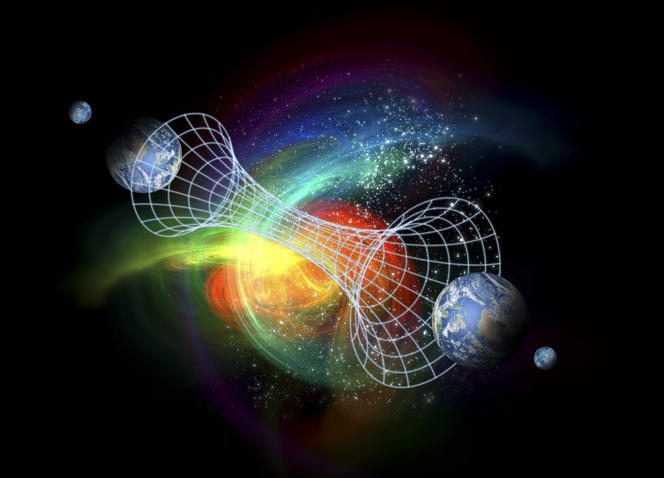Scientists have long been puzzled by the rapid expansion of the universe, a phenomenon that doesn’t seem to align perfectly with our current understanding of physics. However, a new and intriguing theory proposed by Naman Kumar, a PhD student at the Indian Institute of Technology, might offer a groundbreaking explanation: the existence of a mysterious “twin” universe.
Kumar’s theory, detailed in recently published papers, suggests that our universe might be part of a pair, with its “twin” being an anti-universe formed simultaneously during the early stages of cosmic history. This idea is rooted in quantum mechanics, particularly the phenomenon where matter and anti-matter particles are generated together. Kumar posits that, just as these particles emerge in pairs, our universe might have been born alongside an anti-universe—a parallel cosmos that mirrors ours but with opposite characteristics.
This twin universe theory could potentially explain why our universe is expanding at an accelerated rate, a mystery that has baffled scientists for decades. Traditionally, the acceleration has been attributed to dark energy, a hypothetical form of energy that permeates space. However, dark energy remains elusive and largely theoretical. Kumar’s model offers a simpler, more elegant solution by suggesting that the rapid expansion is a natural consequence of our universe being part of a paired system, with each universe’s expansion influencing the other.

The implications of this theory are profound. If Kumar’s hypothesis holds true, it could revolutionize our understanding of the cosmos, providing a new perspective on the fundamental forces that govern it. It challenges the conventional reliance on dark energy as the sole explanation for cosmic acceleration and opens the door to new lines of inquiry in both quantum mechanics and cosmology.
Moreover, this theory could reshape how we think about the multiverse—the concept that multiple universes exist parallel to our own. While multiverse theories have been discussed for years, Kumar’s twin universe idea adds a tangible mechanism that could be tested and observed, potentially moving the multiverse from the realm of speculation to a scientifically grounded theory.
Kumar’s theory is not just another speculative idea; it’s a bold attempt to address one of the biggest mysteries in modern science. If proven, it could unify aspects of quantum mechanics and general relativity, providing a deeper understanding of how our universe—and possibly others—operate. As research continues, the scientific community will be watching closely to see if this theory can stand up to the rigorous scrutiny it will undoubtedly face.



















